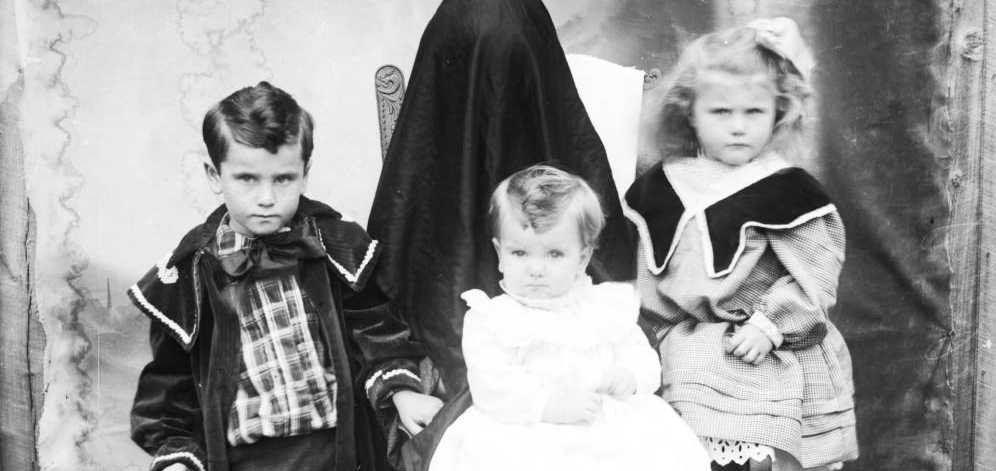
In last week’s photo installment we talked about The Myths Surrounding Post Mortem Photography. Today, we’re going to continue in this same time frame of the Victorian era and daguerreotype photography, but instead of the dead, we’re going to focus on the most energetic and lively of people: children.
As we learned in last week’s article, daguerreotype photography takes a long time to process, and the person posing for the photograph has to stand as still as humanly possible, or else the exposure will turn out blurry. (Hence the invention of the posing stands, which have since been passed around the internet as supposed “dead-body posing stands.”)
With infant mortality rates as such a high, then, it would make sense for parents and families to want to photograph their children, to immortalize them while they were alive, in case something happened where the child then passed away. Then, they would at least have something to remember them by.
“The images hold a certain degree of comedy – albeit unintentional – because the viewer is asked to suspend their disbelief, to ‘not see’ the hidden figure. Some contemporary onlookers would have simply not seen the portrait’s hidden mother, indicative of the cultural nature of the act of seeing. For other viewers, the hidden figure was an essential part of the picture: high infant mortality rates meant that posthumous portraits were the norm, and thus the hidden mother would signify to the viewer that this child was alive.” -Linda Fregni Nagler, author of The Hidden Mother.
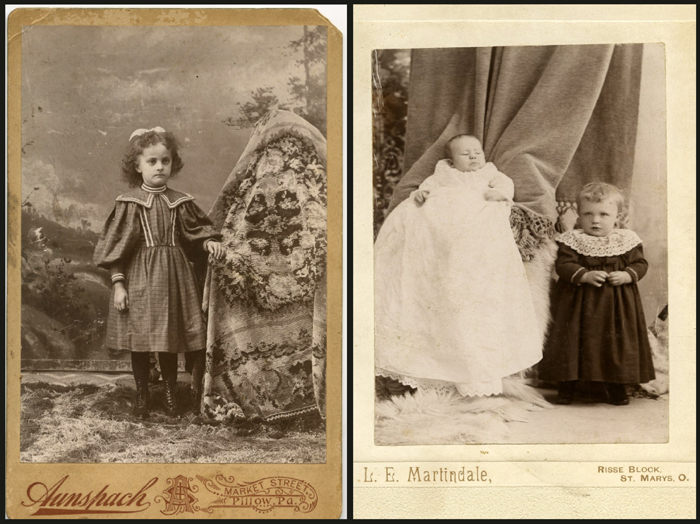
As we all know, though, babies and young children are not the type to sit still for very long. Particularly, when rather than just sitting still, it’s more of: “How long can you hold your breath?” or “Don’t even move your eyes around, look directly at me for a full 30 seconds” (which is hard to explain to an infant who hasn’t even come to grasp with what their toes are, let alone spoken language).
Hence the trend of hidden mothers, in an effort to remedy the blurry-baby plague.
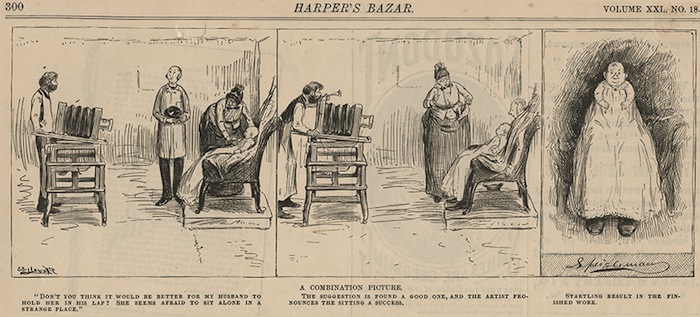
“In America it was common practice for the mother, or other caretaker, to hold the child steady during the long exposure, since any wriggling would blur the image,” continues Nagler. “Yet at the same time, the mother was expected to hide any sign that she was actually in the frame.”
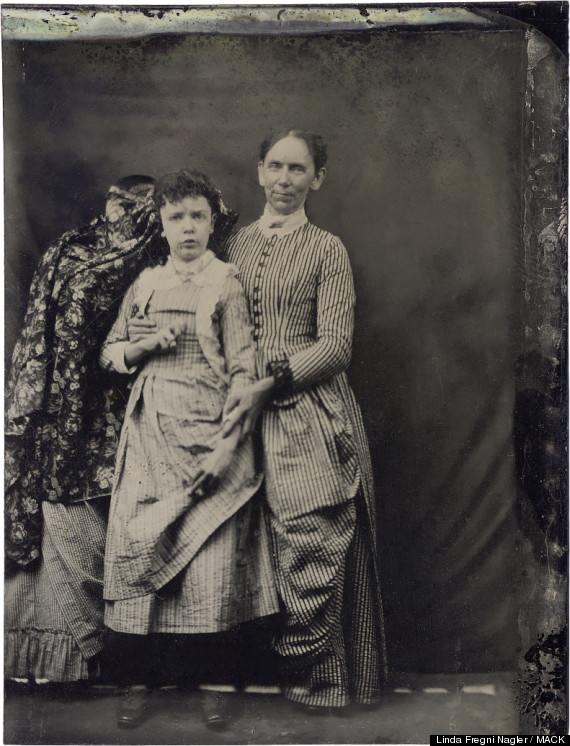
Another unusual pattern in the same Hidden Mother strain of photography was the practice of blotting out a mother’s face entirely, rather than disguising her as a piece of furniture or hiding her under a cloth.
While I find myself a little more hesitant to touch on this method based on what little (reliable) information I could find regarding it, I still consider the possibilities to be absolutely intriguing. What do you think?
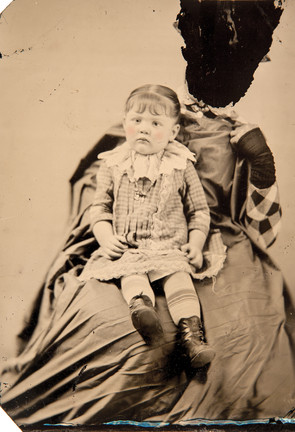
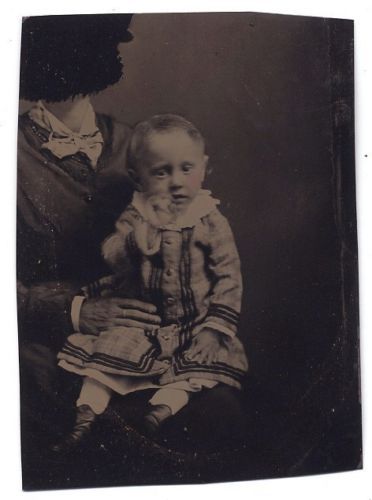
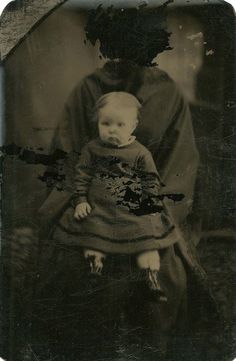
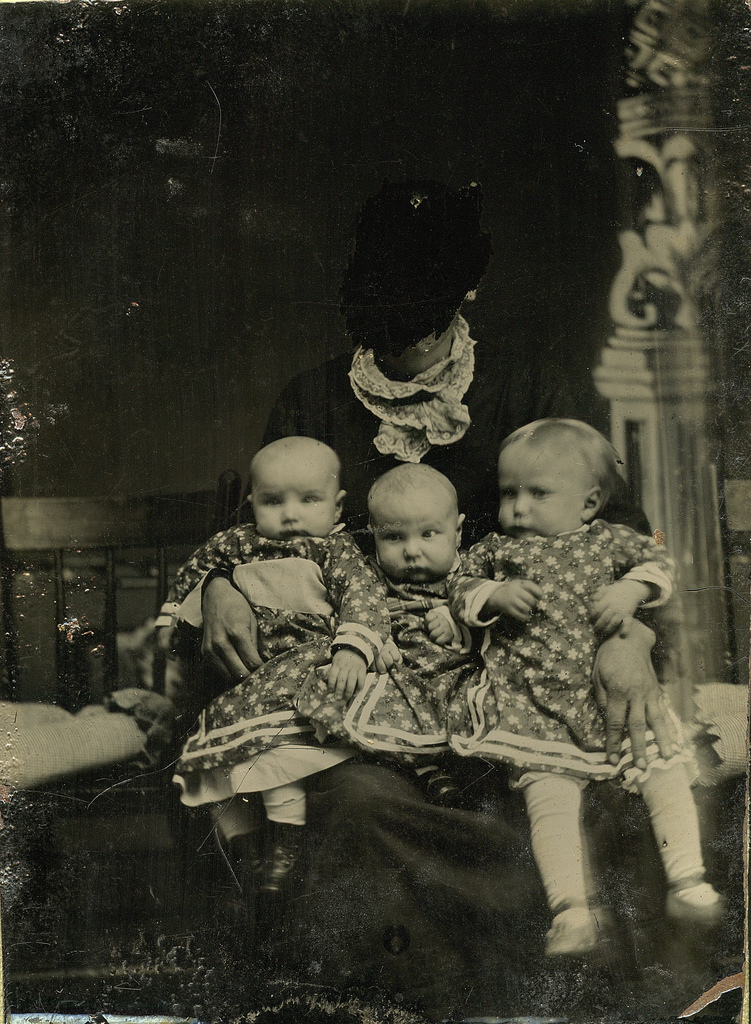
There’s a lot of speculation on why the mothers found the need to be hidden in the first place, rather than just simply posing with their child as a couple. Here are a few considers I stumbled across:
- The photo was designed to be a portrait of the child alone, not necessarily a “family” photograph. Had they had the same abilities with modern photography to snap an instantaneous photo, the mother would not have needed to be present at all– but since photography was still in its early days, she was necessary simply to hold the child still.
- The woman posing in the photograph with the children might not have been their mother at all, but rather a nurse, a nanny, a maid, etc., whose sole purpose, again, is to hold the younger children still long enough for a proper exposure, but who would not be included in a regular family portrait.
- Photographs of children purchased to be sent away to other family members were made with the intention of building a long-distance emotional connection with the child alone, not necessarily with the mother as well.
Why else do you, personally, believe this practice might have been so widespread? Or, better yet, what have you come across in your own internet purusings?
To conclude, I leave you with this bit of advice: The next time you stumble across an old photograph of a child, look again– there might be someone else hiding in the back.
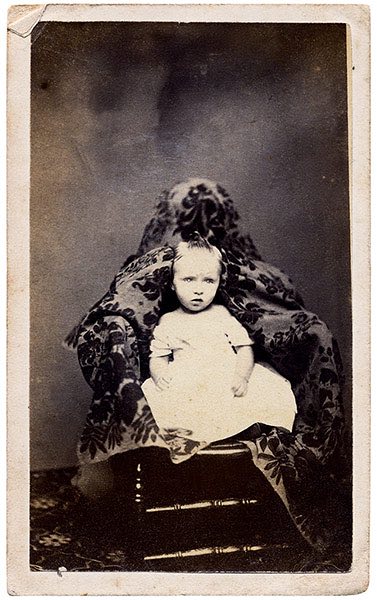
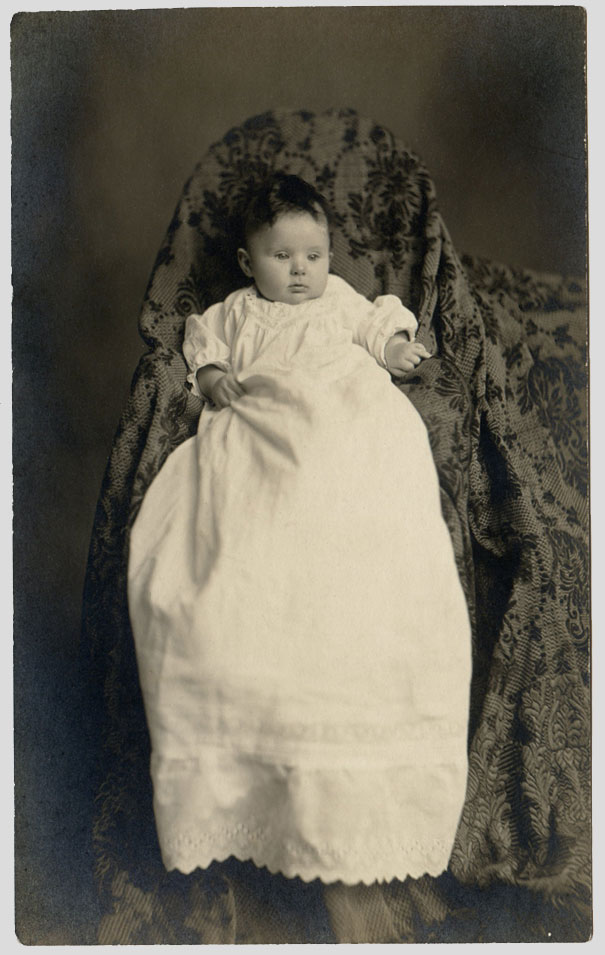
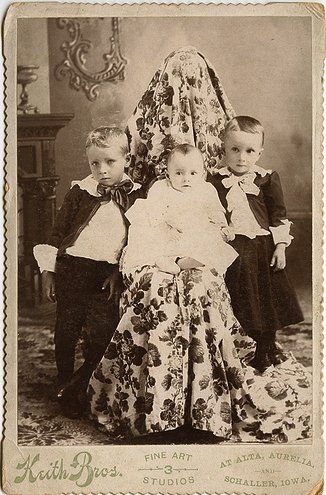
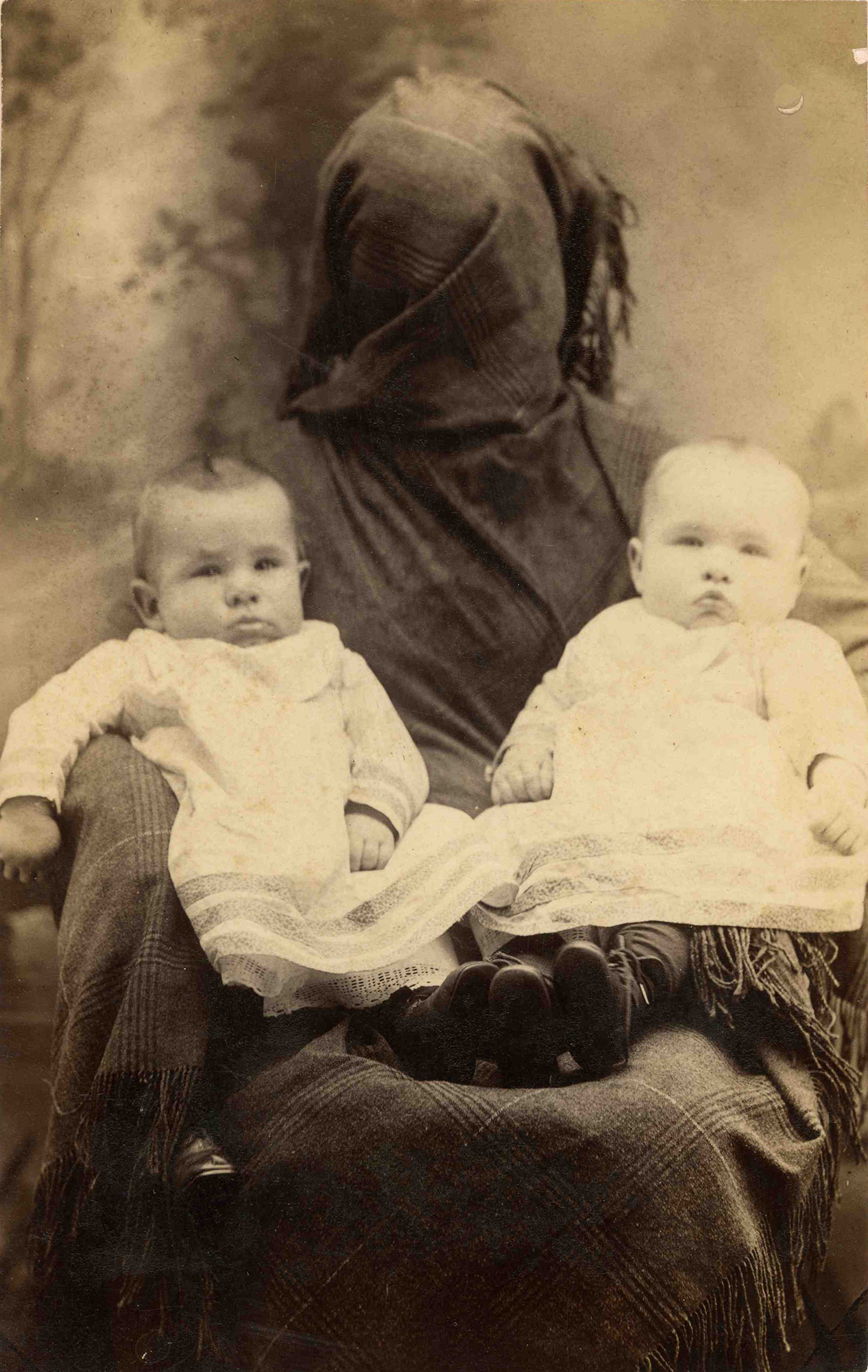
Read more:
Early Victorian Family Portraits and the Disappearing Mother
These Victorian Baby Pictures Are Filled With Hidden People
In Pictures: The Hidden Mother
Kelsey graduated from Boise State University with a BA in Visual Arts, and is currently working as a freelance writer, while doodling anime on the side with one hand and petting cats with the other.
